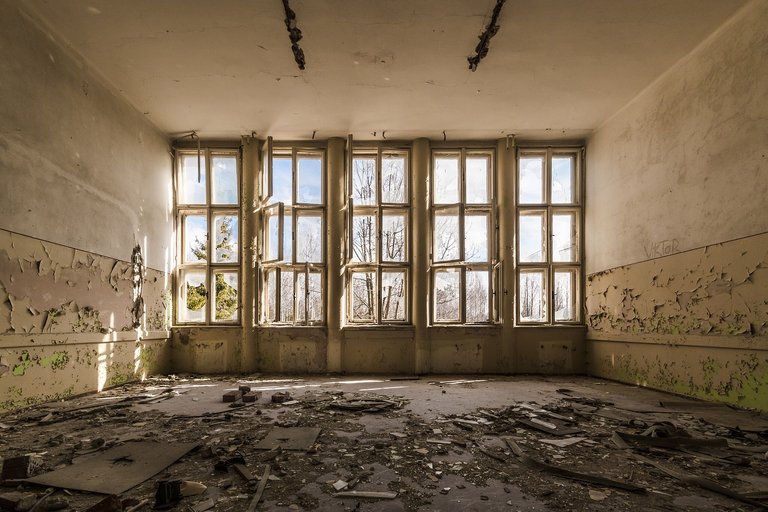
The retail industry is in greater danger of failure with every passing day. Each large acquisition by Amazon is followed by huge dips in retail stocks. Whole Foods being the most recent of these purchases.
Shares of Walmart, Kroger, Target and Costco all took large dips above 5% following this news. Given Amazon’s strong growth prospects, it is tempting to write off retailers as a solid STAY AWAY.
However, any smart investor knows that the best discounts, and opportunities for profit can be found where there is blood in the streets. Lord knows the latter is true of retail. The tricky part is finding the businesses that will adapt and stay relevant despite what Amazon may bring to the table in the next few decades.
Companies with unique business models, and niche targeting will do best to weather the storm. One good example of this is Ulta Beauty. Ulta has reported solid net income growth in both online, and in store purchases.
The company’s resilience can be attributed to the fact that makeup shopping is a more involved experience. It is harder to cater to this audience through an online marketplace, and price/convenience differentials appear to not be of importance to makeup consumers.
It’s simply one of those things that people will spend time and money to see the product for themselves, and optimize their utility. Another business model that seems to be Amazon-proof, is the discounted product space.
Stores like Burlington Coat Factory, and TJ Maxx have performed well regardless of Amazon hype. This is due to an inherent difference in demographic.
As I’ve stated in previous articles, the retail sector is a great illustrator of economic divide in our nation. On one hand, we have the wealthy, millennial-catering Amazon demographic.
The purchase of Whole Foods shows the importance of this demographic to Amazon even more. People who are tech savvy, health conscious, and willing to spend extra for convenience.
On the other hand, we have the rest of the nation who has yet to experience the technological revolution of increased jobs and productivity. These people have been left behind by vanishing blue collar jobs, and are a prime target for discount stores like Walmart and the two previously mentioned.
As long as this economic recovery has people left out, Amazon’s reach will be limited to people of the two coasts, and none in between. Speaking of blue collar work, the home improvement part of retail has held strong.
Stores like Lowe’s and Home Depot are not going to go out of style by an online competitor any time soon. Again, this is a demographic reason, as well as an experiential one. DIY types would much rather see the materials in their hands, and measure them in person as opposed to online.
Retailers with a good fundamental base should be able to withstand the hurdles, and prove to be good long term investments. Many argue that the retail sector will never fully die, and still has more room to grow despite Amazon’s growing capability. As always, make smart trades based on your own research and find profit where the crowds see dismay.